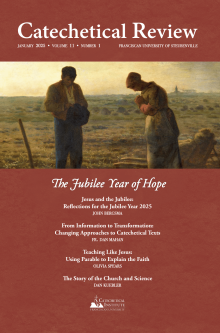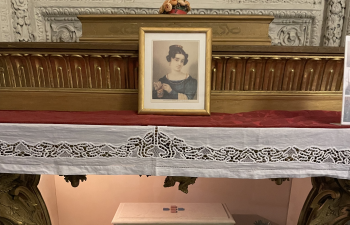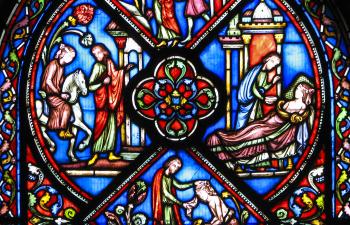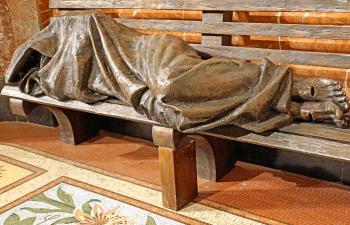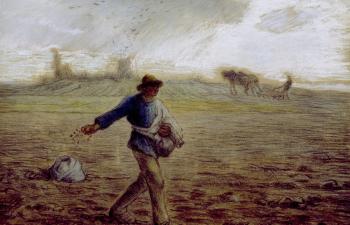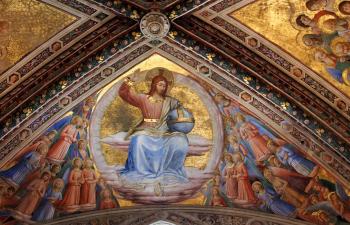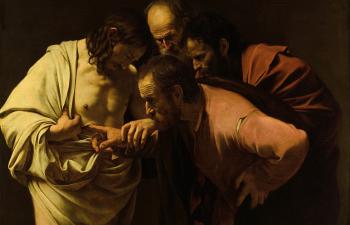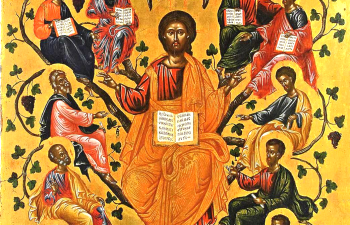 As catechists, we owe it to those being catechized to be the best communicators of the content of the faith as possible. But to whom are we to look for the best example of how to achieve this end? Memories of our favorite teacher might help; perhaps, one of the myriad books on teaching techniques might aid us; but, given the importance of what we teach—the salvation of each member of mankind—should we not look just a little bit higher? Maybe even to the author of the material we are to impart?
As catechists, we owe it to those being catechized to be the best communicators of the content of the faith as possible. But to whom are we to look for the best example of how to achieve this end? Memories of our favorite teacher might help; perhaps, one of the myriad books on teaching techniques might aid us; but, given the importance of what we teach—the salvation of each member of mankind—should we not look just a little bit higher? Maybe even to the author of the material we are to impart?
To many who are hearing this for the first time, it could sound very presumptions. But really, what has God done throughout Revelation other than show us all the ways in which he teaches us through the three persons of the Trinity? Does this not become the “source and model of the pedagogy of faith” and of God?[1] While each of the three persons of the Trinity have their own methods to impart, perhaps the most relatable of the three, for pedagogical purposes, is the one who took human form: the Son.
A brief survey of the Gospels shows many varied teaching techniques and methods. With the apostles, Jesus was “their only teacher,” a “patient and faithful friend,” someone who consistently taught them the truth throughout his whole life.[2] “He provoked them with questions”; he told them more than he told the masses; “he introduced them to prayer”; he sent them forth on missions with others; and “he promised them the Holy Spirit” (DC 160). Additionally, Christ “evoked and elicited a personal response” in all who heard him (DC 161). And though this response of obedience and faith was deep-seated, because of sin, it required “ongoing conversion,” which Christ provided (DC 161). Unfortunately, we oftentimes read right past Christ’s pedagogical methods and don’t learn how to teach from the divine teacher himself. There are five examples (out of many) I would like to propose that illustrate Christ’s teaching methods in Scripture that will be helpful for catechists.
The rest of this online article is available for current Guild members.
[1] United States Conference of Catholic Bishops, National Directory for Catechesis (United States Conference of Catholic Bishops, 2005), 90.
[2] Pontifical Council for the Promotion of the New Evangelization, Directory for Catechesis (United States Conference of Catholic Bishops, 2020), no. 160, hereafter cited in text as DC.
[4] C.f., Theresa Doyle-Nelson, “St. Nicodemus—A Pharisee Who Risked His Reputation for Jesus,” National Catholic Register, accessed February 3, 2024, https://www.ncregister.com/blog/st-nicodemus-a-pharisee-who-risked-his-reputation-for-jesus.
Art Credit: Christ Pantocrator, 6th-century encaustic icon from Saint Catherine’s Monastery, Mount Sinai, Wikimedia Commons.
This article is from The Catechetical Review (Online Edition ISSN 2379-6324) and may be copied for catechetical purposes only. It may not be reprinted in another published work without the permission of The Catechetical Review by contacting [email protected]

